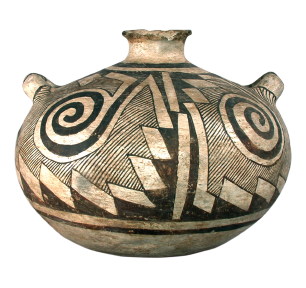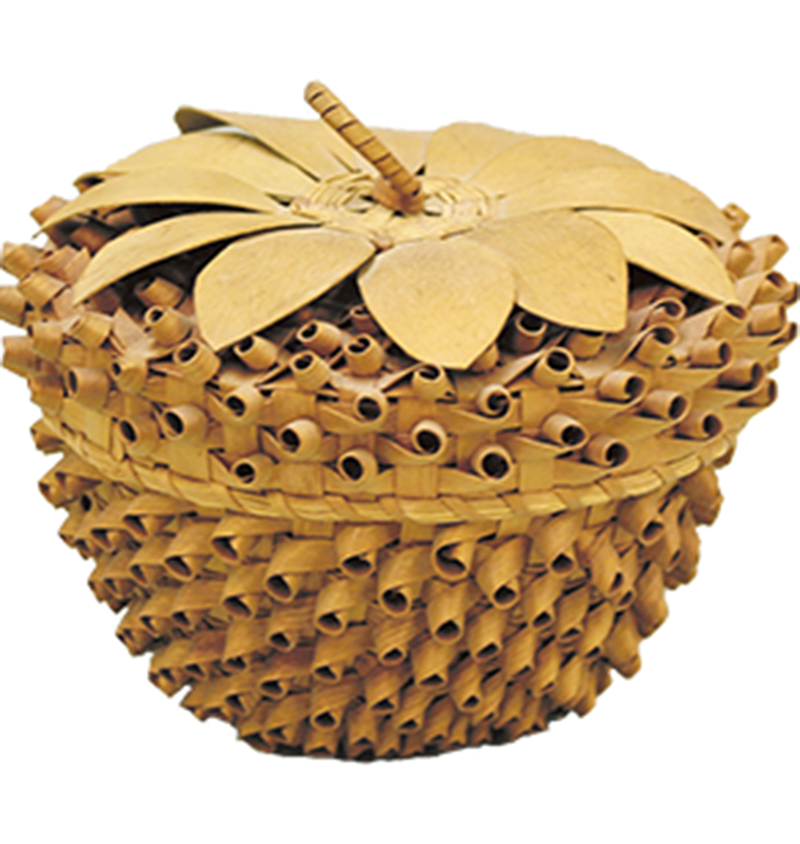Maxwell Museum Blog

In the Collections
The Museum’s curatorial staff grew in 1985 with the appointment of the first Curator of Archaeology, Kathryn Trinkhaus (succeeded by Brenda Dorr (1993-2000), Michael Lewis in 2000, and David Phillips, 2004-2018). Mari Lyn Salvador continued as Chief Curator until 2005, when she left to direct the San Diego Museum of Man. When Stanley Rhine retired from the Laboratory of Osteology, he was replaced by Joseph Powell in 1995,who also held an appointment in the Department of Anthropology. Dr. Heather Edgar was curator of the Laboratory of Osteology from 2004-2017. A dedicated Curator of Ethnology appointment was also created – held first by Marian Rodee (1990-2000), who had begun work in the Museum as a part time registrar two decades earlier, and later by Katherine Klein (2001-2013), a specialist in Latin American textiles, and Dr. Lea McChesney (2015- present).

Archaeology curator David Phillips oversaw the work of moving archaeology collections into the new storage space in the Hibben Center and safely installing them in their new homes. Phillips also recruited a team of dedicated volunteers to assist in the rehousing and documentation of archaeological collections that had been languishing in the warehouse for some 30 years. This group, which has gathered on Wednesday mornings for 15 years, has contributed immeasurably to improving the care and documentation of the collections entrusted to the Museum.
The passage of the Native American Graves Protection and Repatriation (NAGPRA) law in November of 1990, placed obligations on the Museum to fully document and report its collections of Native American skeletal remains, funerary objects, sacred objects and objects of cultural patrimony to tribes and the Department of Interior, and begin the process of consultations and repatriation. The Museum appointed Brenda Dorr (who held titles of part-time registrar, Curator of Archaeology, and NAGPRA Project Director) to oversee the effort of identifying all relevant materials in the Museum’s collections and initiating consultations. In November 1993, the Museum sent more than 1200 letters to Tribal groups informing them of known and possible NAGPRA-relevant collections and inviting consultations. The Museum also partnered with Tribes and Federal organization in hosting conferences and discussions about the law and repatriation process, and conducted several repatriations of archaeological and ethnographic materials, work that is still ongoing nearly 30 years after the passage of the law.

